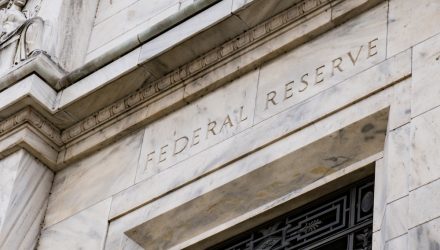The Federal Reserve (Fed) released its new policy framework, formally known as the Statement on Longer-Run Goals and Monetary Policy Strategy, late last month in connection with Chair Powell’s Jackson Hole speech. After that, it is not surprising the September FOMC meeting failed to provide any fresh headlines. The key question now is how does the Fed actually implement this new approach? There really is no precedent to go by, and the ‘assembly directions’ have significant potential for misinterpretation by the markets.
As a reminder, at the heart of this new framework, the policymakers will now be using an average inflation target of 2% “over time.” To quote the Fed’s own statement, “following periods when inflation has been running persistently below 2 percent, appropriate monetary policy will likely aim to achieve inflation moderately above 2 percent for some time.” Okay, sounds good in theory, right? I thought so…
How about in real time? I don’t want to be overly critical or run the risk of putting the cart before the horse. But in my experience, policymakers don’t have the greatest track record when it comes to implementing new policy initiatives. It’s easy to let the various facilities run off the balance sheet if they are no longer being used, but the tricky part comes when action needs to be taken.
Communication—a.k.a. forward guidance—will be of critical importance. Does everybody remember 2013’s taper tantrum? As I mentioned earlier, the chance of market misinterpretation runs high. What exactly does “appropriate monetary policy will likely aim to achieve inflation moderately above 2 percent for some time” mean? What is “moderately above”? Is that 2.25%, 2.5%, or even higher? For that matter, what does “for some time” mean? Three months, six months, a year?
Another important aspect to consider is that the Powell-led Fed has shown it is susceptible to market reactions. One more trip down memory lane: the final rate hike in 2018—remember how well that went? Just seven months later the Fed reversed it!
Bottom line: I readily admit the Fed will not be raising rates and/or reducing its quantitative easing (QE) purchases any time soon. However, the implications of this new policy framework cannot be underestimated. The bond market’s response to ‘letting things run hot’ definitely has the potential to put a wrench in the policymakers’ best laid plans. Want another fun tidbit? Powell’s term as chair ends in early 2022. In other words, he may not even be around to actually implement this new approach!
Unless otherwise stated, all data sourced is Bloomberg as of September 11, 2020.
Investors should carefully consider the investment objectives, risks, charges and expenses of the Funds before investing. U.S. investors only: To obtain a prospectus containing this and other important information, please call 866.909.WISE (9473), or click here to view or download a prospectus online. Read the prospectus carefully before you invest. There are risks involved with investing, including the possible loss of principal. Past performance does not guarantee future results.
You cannot invest directly in an index.
Foreign investing involves currency, political and economic risk. Funds focusing on a single country, sector and/or funds that emphasize investments in smaller companies may experience greater price volatility. Investments in emerging markets, real estate, currency, fixed income and alternative investments include additional risks. Due to the investment strategy of certain Funds, they may make higher capital gain distributions than other ETFs. Please see prospectus for discussion of risks.
WisdomTree Funds are distributed by Foreside Fund Services, LLC, in the U.S. only.








